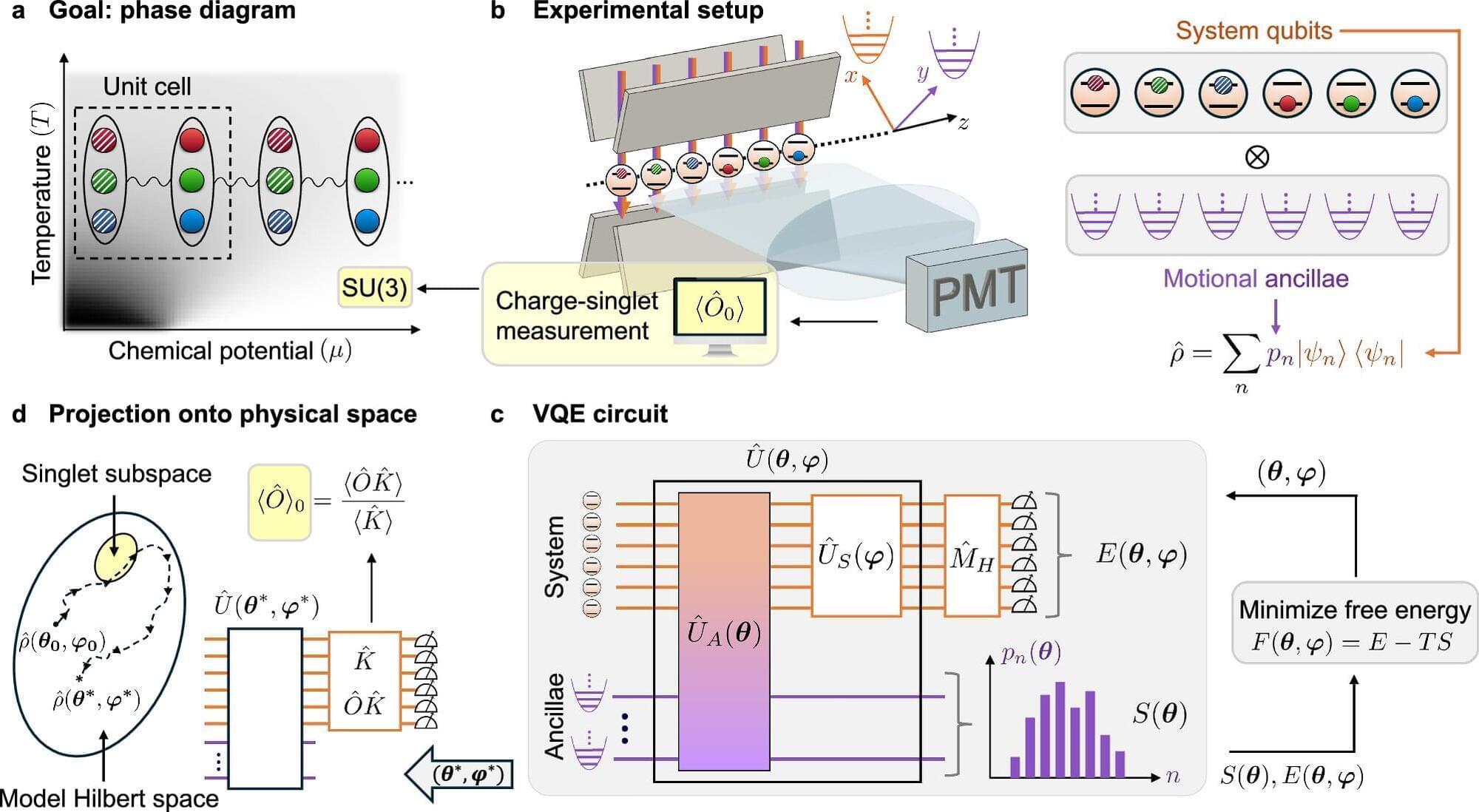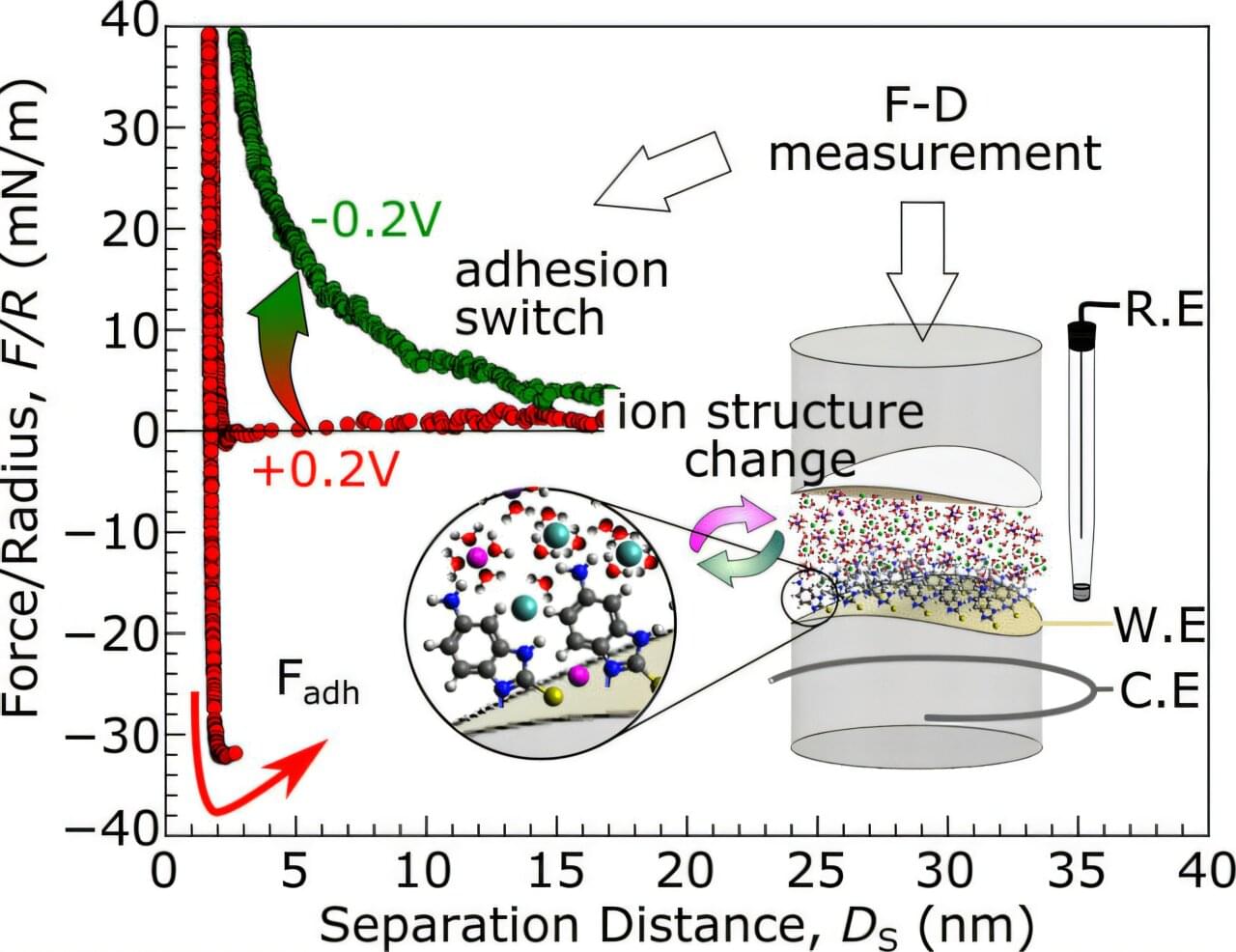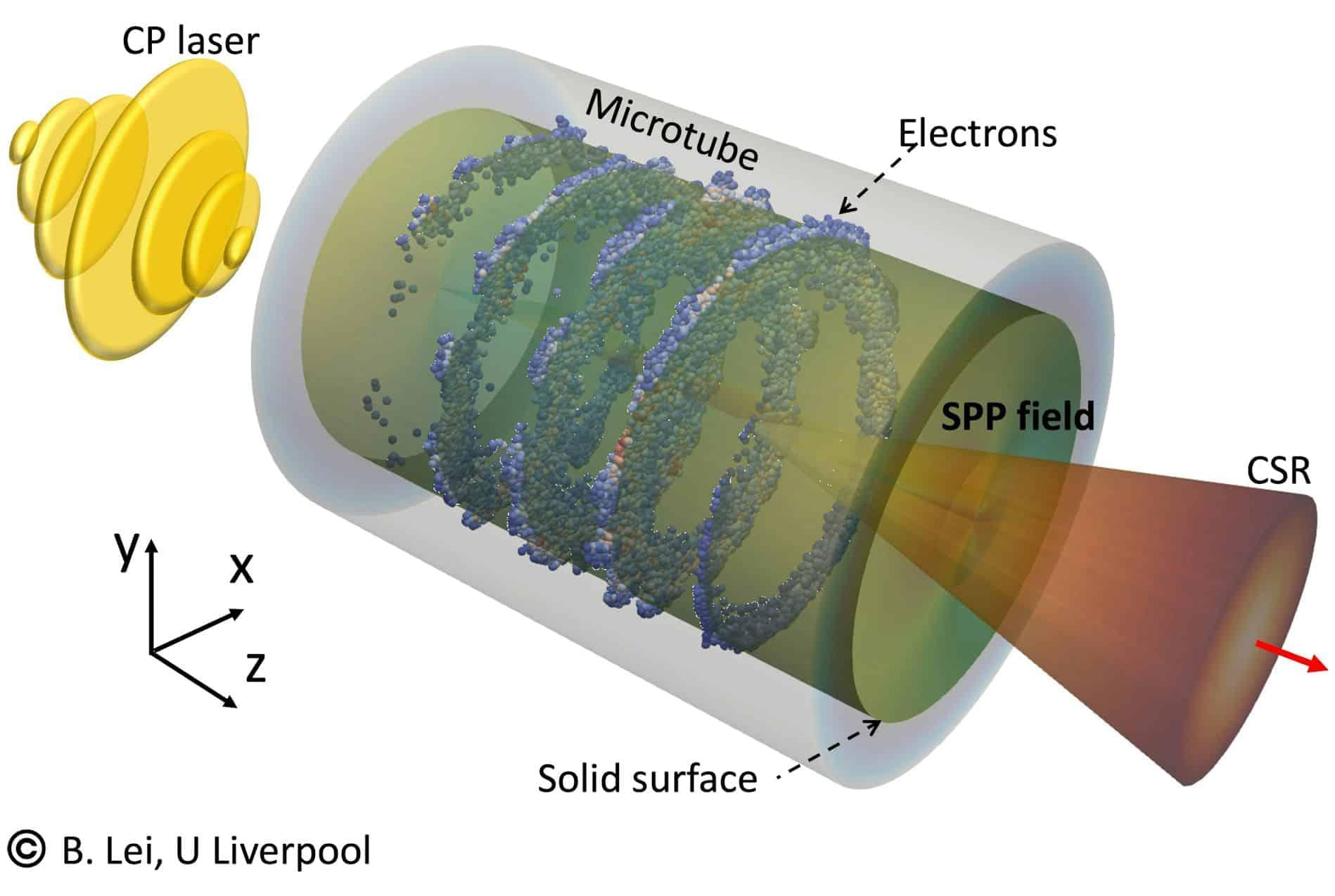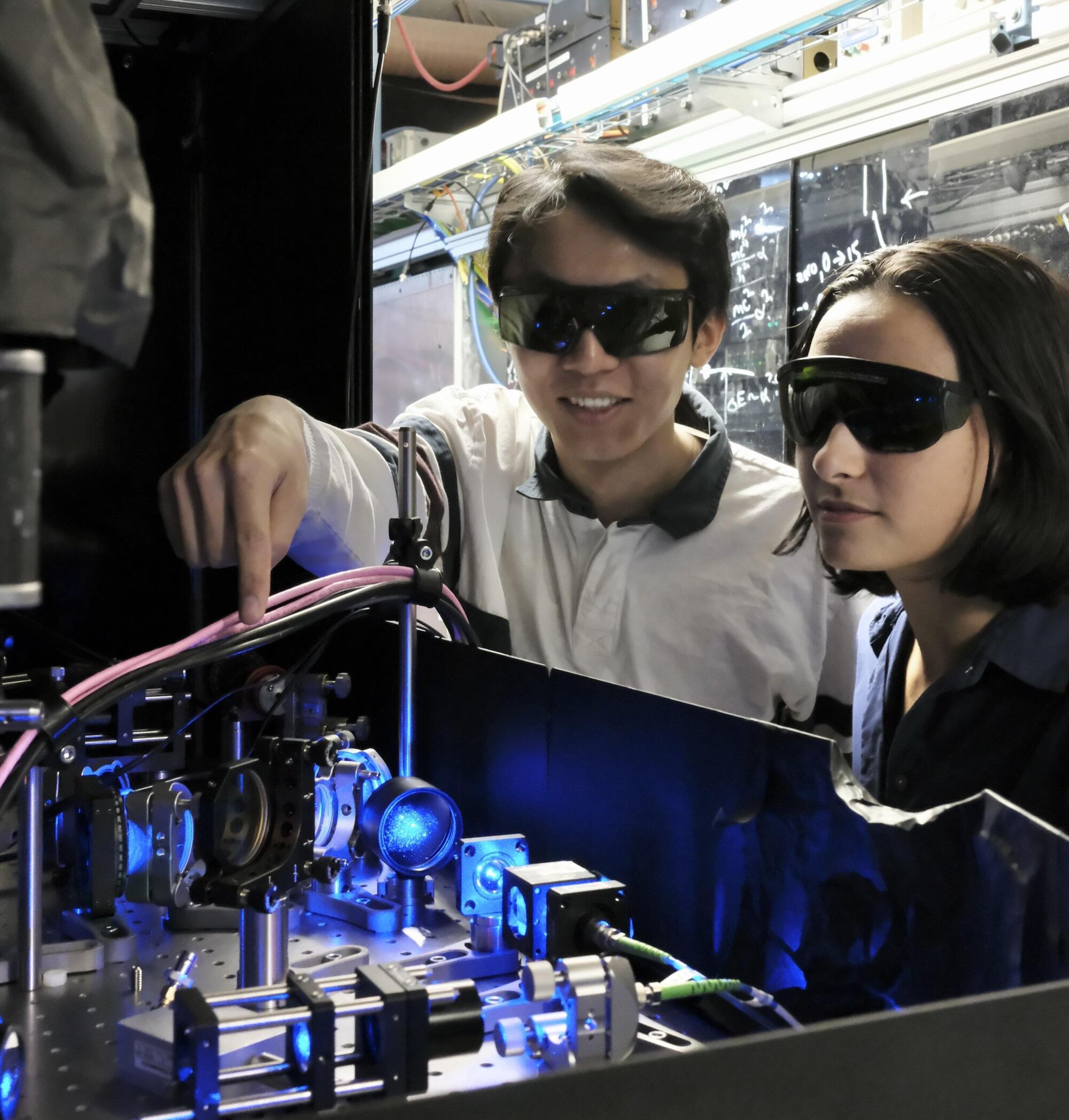A new paper published in Nature Communications could put scientists on the path to understanding one of the wildest, hottest, and most densely packed places in the universe: a neutron star.
Christine Muschik, a faculty member at the University of Waterloo Institute for Quantum Computing (IQC) and a research associate faculty member at Perimeter Institute is part of a U.S.–Canadian research group using a quantum computer to build on a theory of quantum chromodynamics that describes how different varieties of quarks and gluons (the most fundamental bits of nature) interact in nuclei.
To really understand the behavior of the quark-gluon plasma in extreme conditions like the beginning of the universe, or the inside of a neutron star, scientists need a map, a so-called “phase diagram” to describe the phase transitions in those conditions that are so extreme—so dense and complex—that classical computer simulations of the models will fail.








